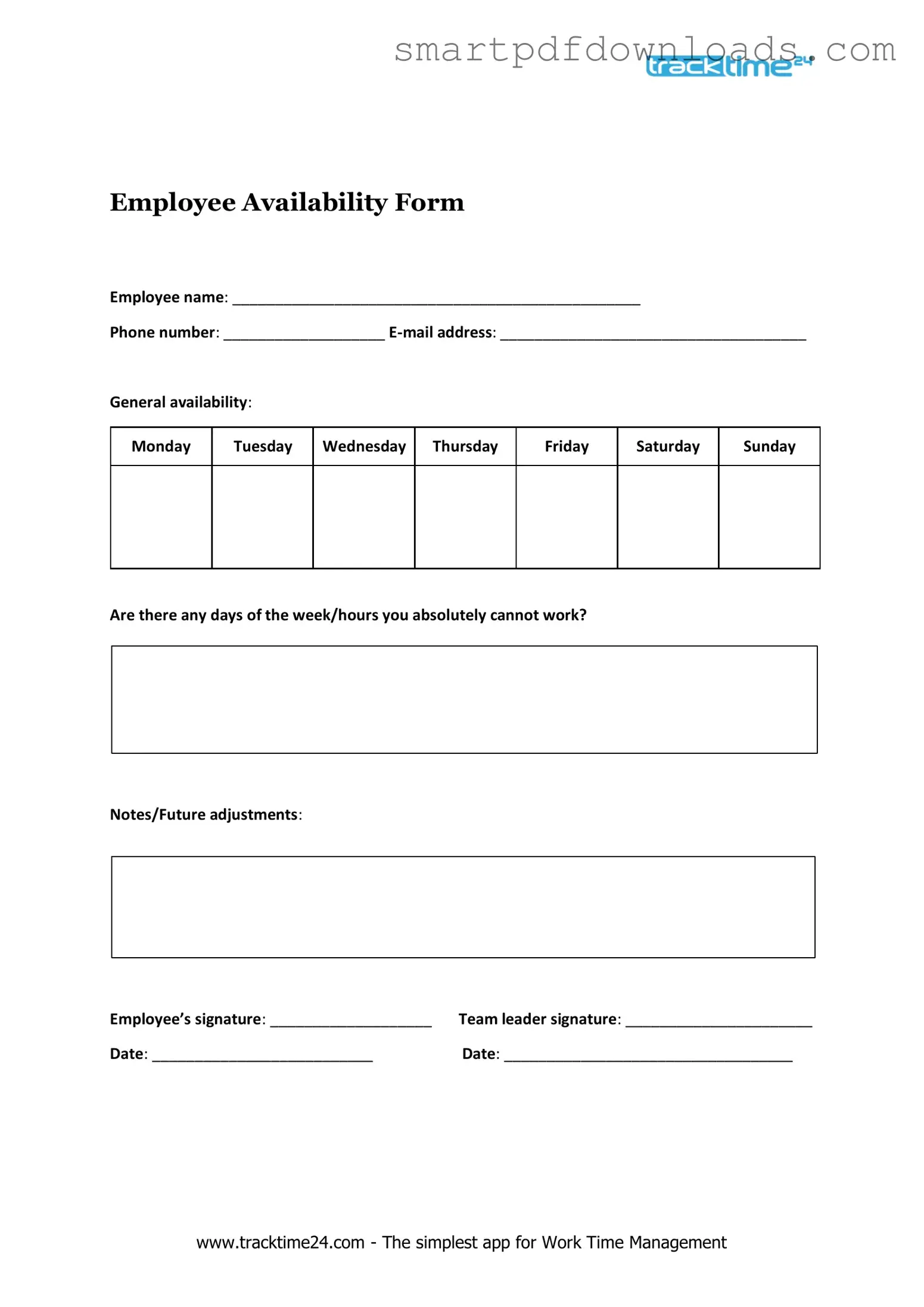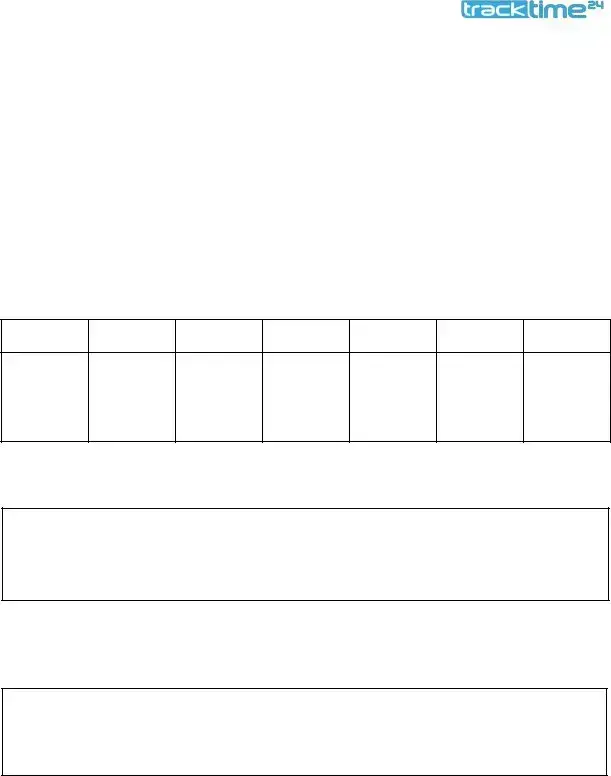Employee Availability Form
The Employee Availability form is a crucial document that helps employers understand when their employees are available to work. This form outlines preferred working hours, days off, and any scheduling restrictions. By collecting this information, businesses can create more efficient schedules that accommodate their workforce's needs.
Edit Employee Availability Online

